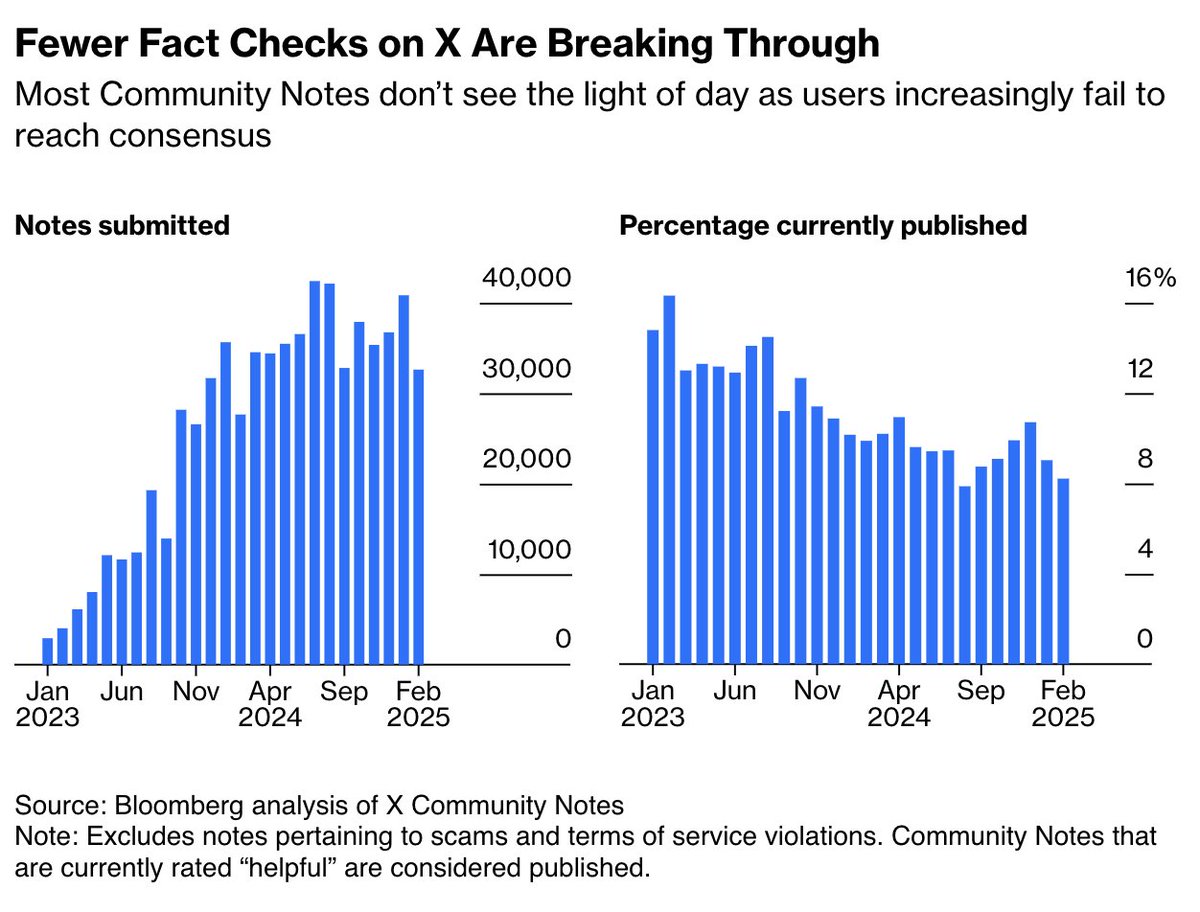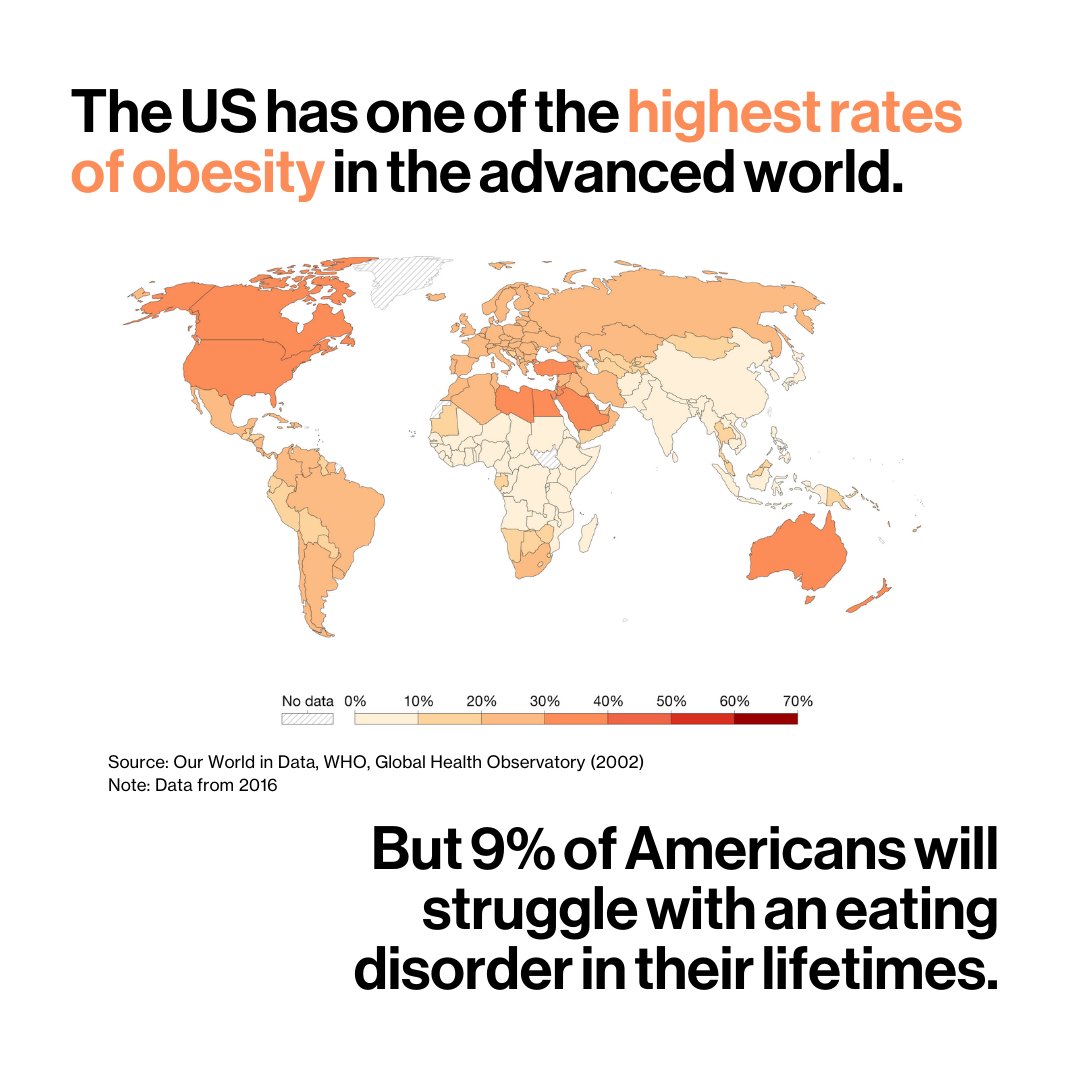In the U.S., 23% of women return to work within 10 days of giving birth, and 40% percent of maternal deaths occur in the six weeks following birth.
Paid leave can help solve the maternal mortality crisis trib.al/Nkq1Ju1
Paid leave can help solve the maternal mortality crisis trib.al/Nkq1Ju1
The U.S. ranks last among high-income nations in maternal mortality rates, despite spending more than $111 billion on maternal and infant health care per year.
A closer look at the data shows that Black women lead these numbers trib.al/IOXN7ph
A closer look at the data shows that Black women lead these numbers trib.al/IOXN7ph

Black women are two to three times more likely than White women to die in childbirth or from pregnancy-related complications.
Solving this crisis is essential for bringing down America’s high maternal mortality rate trib.al/IOXN7ph
Solving this crisis is essential for bringing down America’s high maternal mortality rate trib.al/IOXN7ph

In the U.S., 40% percent of maternal deaths occur in the six weeks following labor. Almost 20% occur between six weeks postpartum and one year.
Federally mandated, paid maternity leave allows mothers to take the necessary time to recover from childbirth trib.al/IOXN7ph
Federally mandated, paid maternity leave allows mothers to take the necessary time to recover from childbirth trib.al/IOXN7ph

One study compared paid and unpaid maternity leave policies in:
🇦🇺 Australia
🇸🇪 Sweden
🇳🇴 Norway
🇺🇸 U.S.
🇨🇦 Canada
🇱🇧 Lebanon
It found that longer paid leave policies are associated with better maternal health outcomes trib.al/IOXN7ph
🇦🇺 Australia
🇸🇪 Sweden
🇳🇴 Norway
🇺🇸 U.S.
🇨🇦 Canada
🇱🇧 Lebanon
It found that longer paid leave policies are associated with better maternal health outcomes trib.al/IOXN7ph
Without paid leave, mothers often return to work before they are healthy enough to do so.
Nearly a quarter of employed women in the U.S. return to work within 10 days of giving birth. This leaves little time for medical appointments trib.al/IOXN7ph
Nearly a quarter of employed women in the U.S. return to work within 10 days of giving birth. This leaves little time for medical appointments trib.al/IOXN7ph

The 1993 Family and Medical Leave Act guaranteed 12 weeks of unpaid leave to certain workers, but only 56% of workers qualify.
Unpaid leave also often goes unused trib.al/IOXN7ph
Unpaid leave also often goes unused trib.al/IOXN7ph

Two-thirds of workers who take unpaid leave report having trouble making ends meet, and 27% return to work early as a result.
This burden falls especially hard on Black mothers, where 4 out of 5 are breadwinners
trib.al/IOXN7ph
This burden falls especially hard on Black mothers, where 4 out of 5 are breadwinners
trib.al/IOXN7ph
Unpaid leave policies were written to support an idea of a family in which the father supports everyone. But that’s not how most families look today.
Failure to recognize this undermines maternal health, especially in Black and brown communities
trib.al/IOXN7ph
Failure to recognize this undermines maternal health, especially in Black and brown communities
trib.al/IOXN7ph
On its own, paid leave would not solve the Black maternal mortality crisis.
Solutions in the Black Maternal Health Momnibus Act of 2021 would:
➡️ Address provider discrimination within the health care system
➡️ Expand the perinatal workforce
trib.al/IOXN7ph
Solutions in the Black Maternal Health Momnibus Act of 2021 would:
➡️ Address provider discrimination within the health care system
➡️ Expand the perinatal workforce
trib.al/IOXN7ph

The lack of paid maternity leave is often portrayed as a gender equality issue or an employee retention issue.
But most fundamentally, it is a health issue: Paid leave saves mothers' lives
trib.al/IOXN7ph
But most fundamentally, it is a health issue: Paid leave saves mothers' lives
trib.al/IOXN7ph
• • •
Missing some Tweet in this thread? You can try to
force a refresh














